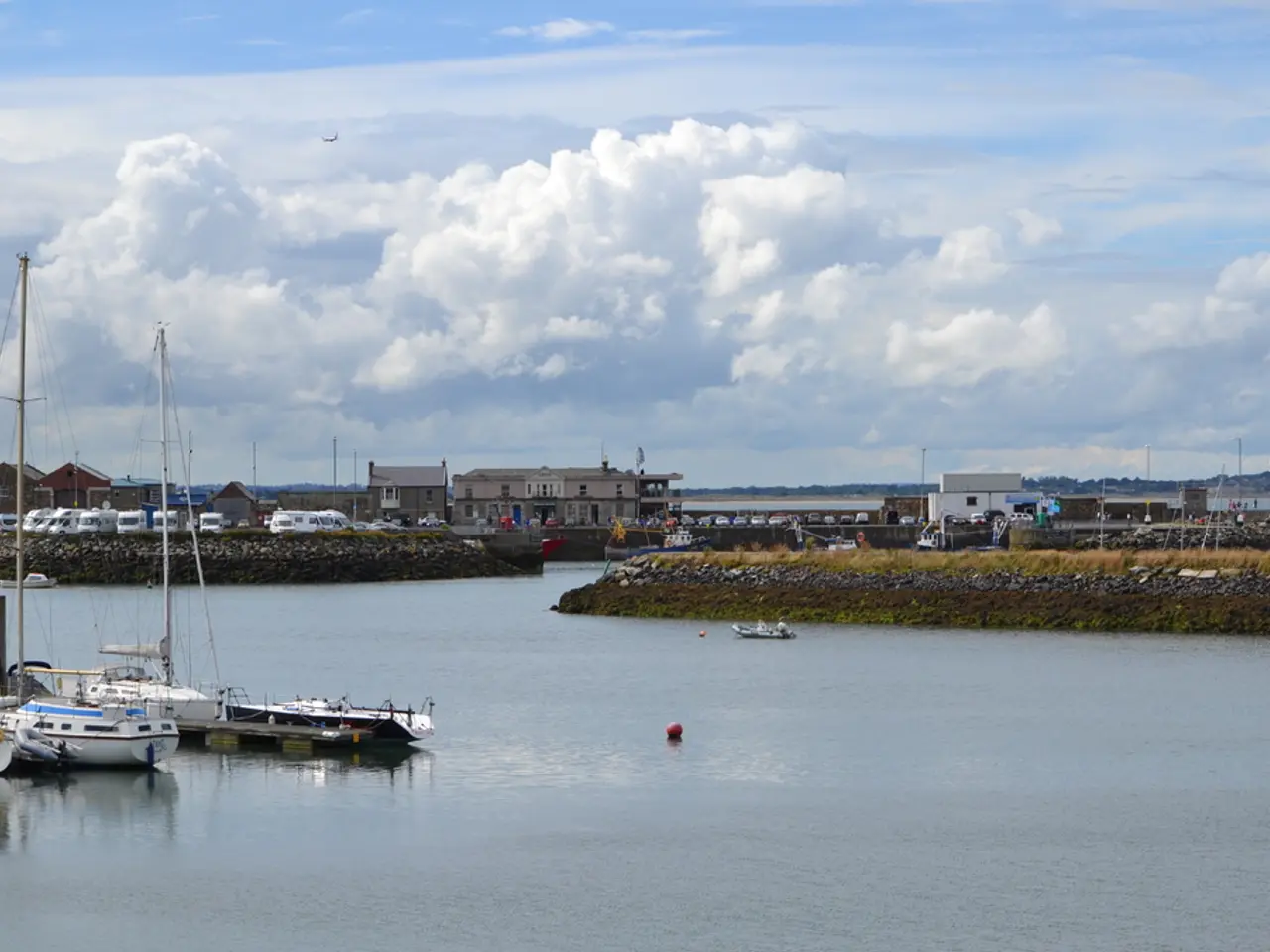Impact of Cruise Ships on the Environment
=========================================================
In the vast expanse of the world's oceans, the cruise industry has long been a significant presence. With over 33.7 million passengers anticipated to sail this year, the industry's impact on the marine environment is undeniable. However, recent years have seen a growing awareness and concerted effort to address the environmental challenges posed by cruise ships.
Water Pollution
Cruise ships generate substantial amounts of sewage and wastewater, primarily blackwater (toilet waste) and grey water (from sinks, showers, and kitchens). While most vessels are now equipped with onboard sewage treatment plants, some pollutants, such as heavy metals and non-biodegradable chemicals, may persist after treatment.
Compliance with international conventions like MARPOL Annex IV and V regulates sewage discharge and garbage disposal, respectively. However, NGOs have raised concerns about a lack of transparency in reporting treatment system performance by cruise lines.
Air Pollution
To reduce air emissions, the industry is investing in cleaner fuel technologies and engines that cut greenhouse gas outputs both at sea and in port. Regulations such as MARPOL Annex VI set limits on air pollutants from ships and energy efficiency standards. Recent legislative proposals, like the 2025 International Maritime Pollution Accountability Act in the US, aim to impose fees on vessels based on emissions to incentivize cleaner practices and fund retrofitting projects for electric power systems.
Noise Pollution
While noise pollution management is less prominent in regulations, it is recognized as an environmental concern in maritime operations. Measures to reduce underwater noise typically involve technological improvements in ship design and operation, although specific initiatives were not detailed in the available results.
Sustainability and Future Measures
The cruise industry has committed to achieving net-zero carbon emissions by 2050, with an interim goal of reducing carbon emissions by 40% by 2030. This ambitious target is supported by investment in research and innovation, greener port infrastructure, and adherence to complex regional and international regulations.
Port authorities and governments use subsidy and regulatory policies to incentivize green investments, such as battery-powered harbor vessels and emission reduction projects. However, violations of regulations still occur, and some ports lack shore power infrastructure, affecting emission reductions while docked.
In conclusion, the cruise industry's efforts to address water, air, and noise pollution reflect a multi-layered approach. Technological upgrades, regulatory compliance, economic incentives, and sustainability commitments are driving the industry's transition towards greater environmental responsibility. As the industry continues to grow, it is crucial that these efforts are sustained and strengthened to protect the delicate marine ecosystems upon which we all rely.
- The environmental impact of marine life in the oceans is significantly affected by the presence of the cruise industry.
- Sewage and wastewater, including blackwater and grey water, generated by cruise ships could contain pollutants that persist even after treatment.
- Compliance with international conventions like MARPOL Annex IV and V is essential for regulating sewage discharge and garbage disposal in the cruise industry.
- Air pollution is addressed through investments in cleaner fuel technologies and engines to reduce greenhouse gas outputs.
- Regulations such as MARPOL Annex VI and the 2025 International Maritime Pollution Accountability Act limit air pollutants from ships and set energy efficiency standards.
- Noise pollution management in the marine environment is recognized as an environmental concern in maritime operations.
- The cruise industry has pledged to achieve net-zero carbon emissions by 2050 and reduce carbon emissions by 40% by 2030.
- Sustainability commitments are supported by investment in research, innovation, greener port infrastructure, and regional and international regulations.
- Sustainability efforts in the cruise industry involve subsidy and regulatory policies to incentivize green investments and adherence to complex regional and international regulations.
- Violations of regulations and the lack of shore power infrastructure in some ports may affect the emission reductions while docked, posing challenges to the industry's transition towards greater environmental responsibility.
- As the cruise industry continues to grow, it is critical to sustain and strengthen the efforts aimed at protecting delicate marine ecosystems, for the sake of environmental science, business, lifestyle, travel, general-news, and ultimately our shared environment.






